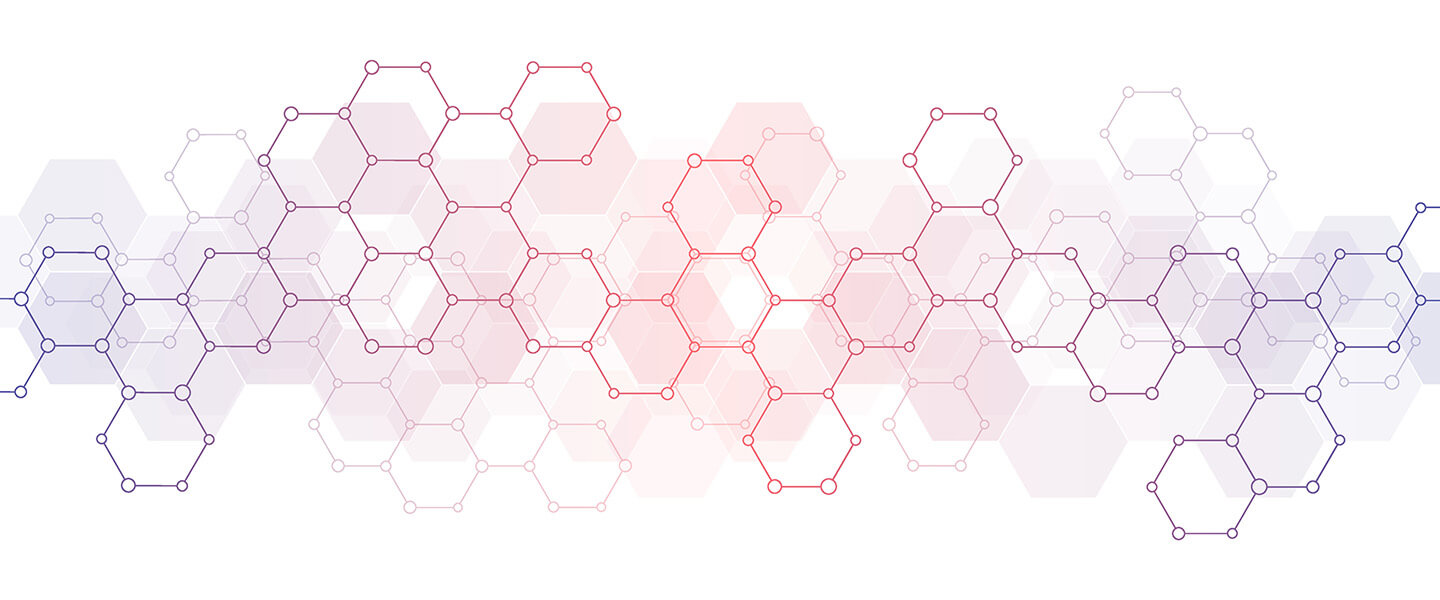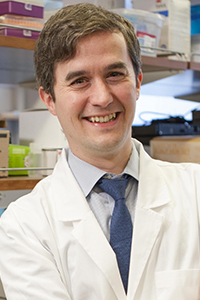Modifying LSD to Minimize Hallucinogenic Properties Results in a Potential New Drug Candidate for Schizophrenia
Modifying LSD to Minimize Hallucinogenic Properties Results in a Potential New Drug Candidate for Schizophrenia

Some psychedelic compounds have been shown to be powerful promoters of growth in atrophied cortical neurons, a fact that has intrigued researchers interested in addressing one of the hallmark pathologies associated with schizophrenia.
Analysis of postmortem brains of people who suffered from the illness have revealed decreased branching of the dendrites that bring signals from other neurons into nerve cells in the cortex; reduced density of the tiny bump-like protrusions along dendrites that are the points of contact for axons projected by neighboring neurons; and abnormally low levels of the proteins that form synapses in cortical tissue. All are manifestations of cortical atrophy.
For various reasons, the pharmacological properties of psychedelics—their hallucinogenic properties—make these drugs particularly inappropriate for people with schizophrenia and psychosis. But the power of some of these same substances to promote neuronal growth in the face of cortical atrophy has inspired some researchers to search for ways to modify psychedelics so as to retain their potentially therapeutic properties and reduce or eliminate their hallucinogenic ones.
In a paper newly published in the Proceedings of the National Academy of Sciences (PNAS), a team led by David E. Olson, Ph.D., at the Institute for Psychedelics and Neurotherapeutics at the University of California, Davis, reports that they have modified the LSD molecule to create a drug dubbed JRT. The new drug proved in a range of experiments to be “an exceptionally potent analogue of LSD,” yet with much lower hallucinogenic potential and improved selectivity. The new drug appears to have “the ability to produce a wide range of therapeutic effects.” A powerful promoter of growth among cortical neurons, JRT also had strong antidepressant properties in animal tests and showed potential to address the negative and cognitive symptoms of schizophrenia.
The team included three BBRF grantees: William A. Carlezon Jr., Ph.D., a 2007 and 2005 BBRF Independent Investigator and 1999 Young Investigator; Conor Liston, M.D, Ph.D., a 2013 BBRF Young Investigator; and Alex S. Nord, Ph.D., a 2015 BBRF Young Investigator. The new paper’s co-first authors were Drs. Jeremy R. Tuck and Lee E. Dunlap.
Schizophrenia’s negative and cognitive symptoms are unaffected by both first- and second-generation antipsychotic medicines. (The newly approved schizophrenia drug Cobenfy has shown some effectiveness in reducing both negative and cognitive symptoms, although these properties are still under study.) Antipsychotic drugs block the D2 dopamine receptor in nerve cells and are often highly effective in reducing the positive symptoms of the illness including hallucinations and delusions. Thought- and reality-distorting symptoms like these are among the principal effects of hallucinogens like LSD, making them especially dangerous for those with schizophrenia, psychosis, or a family history of either.
In theory, modifying a hallucinogen like LSD to be non-hallucinogenic could result in a compound that retains the molecule’s growth-spurring and possibly pro-cognitive effects. Such a compound might then be an attractive candidate to address negative symptoms of schizophrenia, which include flat affect, reduced emotional expression, social withdrawal, and difficulty with motivation. Cognitive symptoms include difficulty paying attention, impaired working memory, slowed response time, difficulty handling verbal information, and difficulty switching between tasks.
Dr. Olson’s team performed an astonishingly simple modification of the LSD molecule: they swapped the positions of two atoms in LSD to create JRT. Like LSD, the new drug specifically spurs activity at the serotonin 2A receptor. But the structural modification that generated JRT also reduced its potential to generate hallucinations, as both test tube-based and mouse-based experiments indicated.
Dr. Olson commented: “What I think is so interesting about this work is that JRT and LSD have essentially the same molecular shape and weight, yet they have distinct pharmacology thanks to the transposition of those two atoms.”
The pharmacology of the various existing approved schizophrenia medicines is complex. But it appeared in the experiments involving JRT that it would not have side-effects associated with existing medicines such as weight gain or sedation. JRT proved to be a partial agonist, or stimulator, of the serotonin 2A receptor, possibly explaining its ability, on the one hand, to promote cortical neuron growth, but on the other hand, failing to cause behaviors in mice that indicate hallucinogenic impact. These include head-twitching behavior, hyperlocomotion, and deficits in prepulse inhibition, a measure of the brain's ability to filter out irrelevant sensory information.
“Despite its lower hallucinogenic potential,” JRT in head-to-head comparisons with LSD and the antipsychotic clozapine “demonstrated superior effects on cortical neuron growth, [and] moreover produced a remarkable 46% increase in dendritic spine density” in living mice. Other experiments showed it “completely rescued cortical atrophy” in a particular layer of neurons in the mouse brain.
“These changes in structural plasticity were accompanied by robust antidepressant-like properties and pro-cognitive effects,” in tests that included measuring active coping strategies in response to an unavoidable stressor. In a test of chronic stress, the drug reversed anhedonia-like behaviors (inability to seek pleasure). JRT also “promoted cognitive flexibility” in mice performing a “reversal learning task” (a test in which an individual learns to abandon a previously learned behavior and adopt a new one).
The team said JRT was an agent that “can potentially address negative and cognitive symptoms associated with schizophrenia without exacerbating positive symptoms or producing side effects characteristic of current treatments.” Much more testing needs to be done, in animals, before human tests would even be contemplated.
More broadly, the researchers believe these experiments highlight the potential of modifying the chemical structures of some psychedelics “to produce analogues with improved efficacy and safety profiles,” as in this case they appeared to have discovered a non-hallucinogenic stimulator of cortical plasticity and growth with potential to treat illnesses that cannot be addressed by psychedelics including schizophrenia, psychosis, and bipolar disorder.
Dr. Olson is a co-founder and head of the scientific advisory board of Delix Therapeutics, which was a funder, along with the NIH and other organizations, of the current research. Some other team members also have relationships with Delix and are holders of patent rights for JRT.





